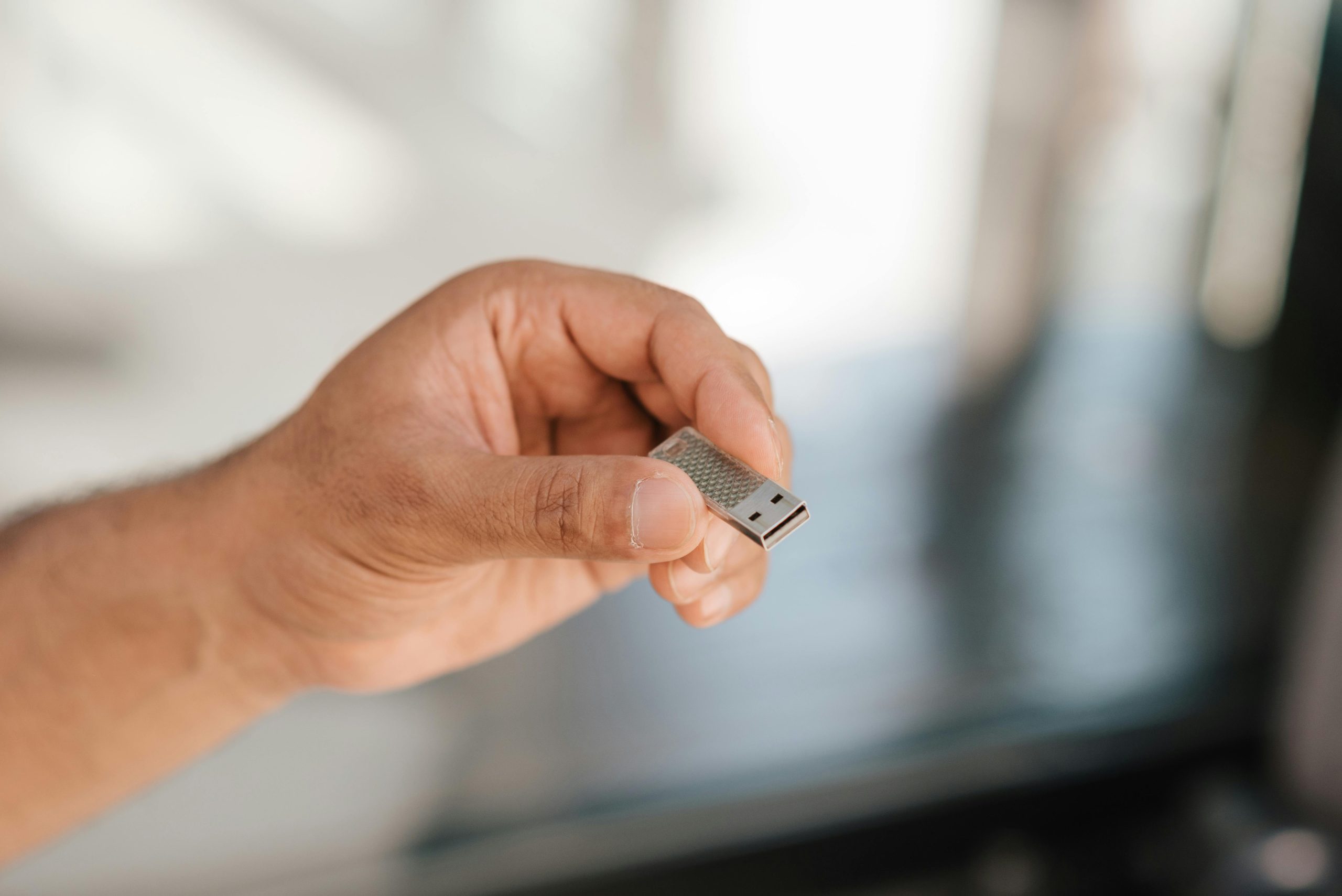Recovering Data: Google Drive vs. USB Drives
In today’s digital age, the quest for data recovery has become a common dilemma for many. One situation that often arises involves recovering lost files, especially when it comes to storage devices like USB drives. A recent inquiry highlights an interesting scenario that many of us can relate to.
Imagine you have important footage saved on a USB drive intended for a Tesla car. Unfortunately, due to the car’s automatic overwriting feature, some of that footage has been erased. After trying a free recovery software, you manage to salvage a few files, but time is not on your side, as you need to return the rental vehicle soon.
Now, you ponder the potential of transferring all your files from the USB drive to Google Drive. You wonder, hypothetically, if storing the data in Google Drive would allow for the same ease of recovery in the future as if the files were still on the original USB.
Here’s what you need to know:
When data is stored on a USB drive, it exists in a specific file structure that recovery software can interpret. If you transfer your files to Google Drive, you are essentially copying them to a cloud environment, which maintains that file structure but is also subject to different considerations.
If you later opt for professional recovery services or advanced software, they should be able to work with the files you’ve stored in Google Drive, as long as they are intact. However, it’s crucial to consider that the data recovery process may yield different results based on the type of data loss you’re dealing with. For example, if certain files were overwritten on the USB, those original files may be irretrievable regardless of where they are stored.
One key takeaway here is that transferring files to Google Drive does not necessarily impede future recovery efforts; however, it’s advisable to initiate any data recovery attempts promptly while the original files are still on the USB drive. Once you’ve safely transferred your data to Google Drive, and before you return the rental car, consider running additional recovery software on the USB to maximize your chances of recovering any lost footage.
In conclusion, while storing your files on Google Drive can provide an additional layer of security, acting swiftly on recovery efforts while you still have access to the original USB can significantly enhance your chances of successful data recovery. Always remember, the sooner you act, the better your chances of retrieving those precious files.
Share this content:




Great question! When you transfer files from a USB drive to Google Drive, you’re essentially copying the files into a cloud storage environment. This means that the ability to recover data in the future depends on the current state of those files in Google Drive. If the files were intact at the time of transfer and no further modifications or deletions occurred, recovery should be similar to working with a normal file system. However, keep in mind that Google Drive does not maintain the low-level file system information that traditional data recovery software uses to retrieve deleted or corrupted files from physical devices. Therefore, if files are accidentally deleted or overwritten on Google Drive, recovery options are limited to the trash bin or version history, rather than deep data recovery methods used with USB drives.
In cases where critical data was lost from the original USB, it’s best to perform recovery attempts while the data is still on the USB device. Transferring files to cloud storage is a good backup step but should not replace urgent data recovery efforts on the original device. Always keep multiple backup copies, especially before making significant changes, and act quickly to maximize recovery chances. If data loss continues to be a concern, professional data recovery services can analyze both the USB drive and the cloud-stored files to help retrieve lost data as effectively as possible.